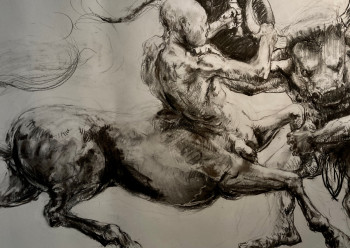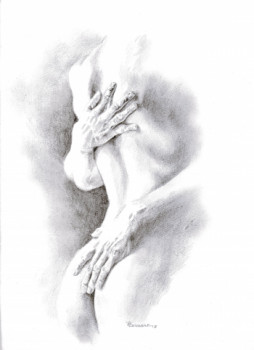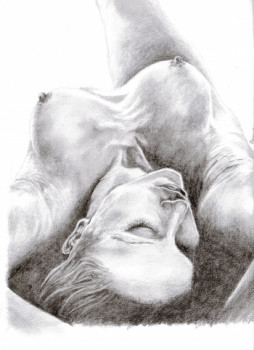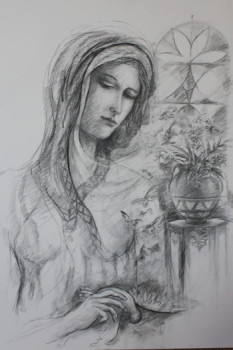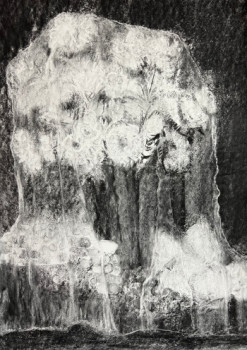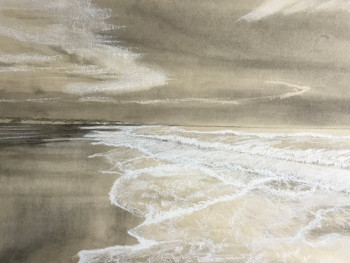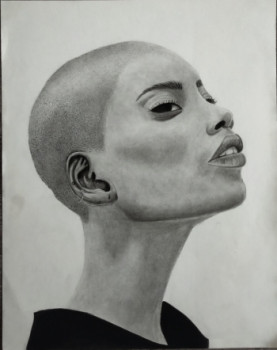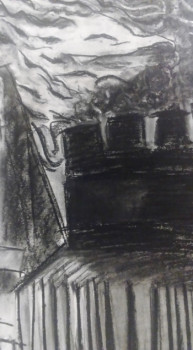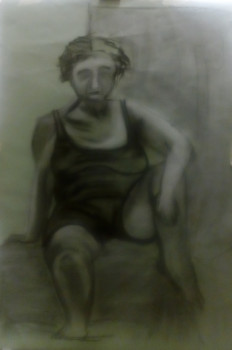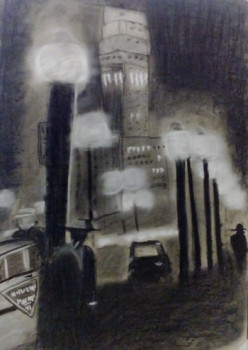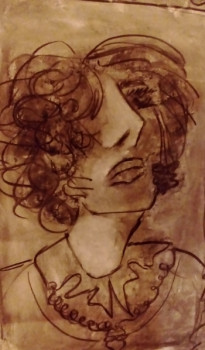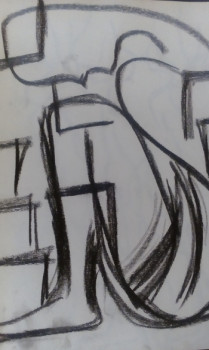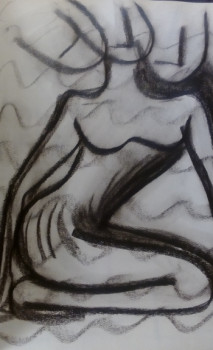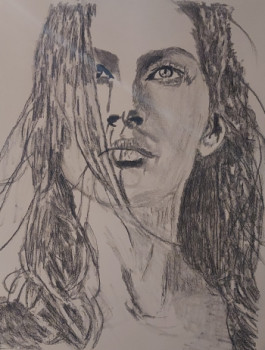
Charcoal drawing
An emblematic artistic expression of black and white, charcoal drawing has existed since prehistoric times. This tool remains used for its properties are suitable for all styles, particularly for creating sketches. The painters and designers, beginners and experienced, find through charcoal a means of ;express their sensitivity. In order to offer their works to the general public.
The first form of artistic expression
Because charcoal drawing undoubtedly remains the oldest and rawest means of expression, it is also the first tool used in painting. in drawing. Conducive indeed to all forms of art thanks to a simple piece of coal, prehistoric men already used it. charcoal to express oneself. Coming from a simple willow branch, the tip of which is burned in isolation, the latter is famous for its contrasts. From the Lascaux cave, where the perspective and the blur were already there. part of the techniques of the first artists, Picasso: these charcoal drawings can be found elsewhere. all eras. Essential for designers and all painters to give a framework to their work. their works, charcoal is always present.
If today the techniques have evolved well, and the tools are more sophisticated, coal still remains the essential element. By calcining a branch of willow, birch or linden, charcoal allows you to draw with a brush. almost everything. With imagination as the only limit, this form of art uses shadows and lights with a more or less strong line. Black and white undoubtedly has many advantages in terms of perspective and play with chiaroscuro, and the designer can play with light effects and contrasts. From the walls of prehistoric caves to the portrait painters of the Halles or Montmartre districts: charcoal has passed through the world. ages, centuries and all epochs.
Charcoal through the ages
Because this tool is particularly simple and inexpensive, budding designers as well as the greatest painters use charcoal. Very characteristic of movement, chiaroscuro and black and white, a charcoal drawing is always original and unique. This technique is even compulsory in art schools and is one of the essentials in terms of artistic learning. It is therefore undoubtedly because charcoal comes from the deepest of ages that drawing is so popular and democratized. today.
The Renaissance period, in particular, made charcoal a real discipline to be explored. entirely part. Da Vinci, Michelangelo or Verrocchio, particularly appreciated charcoal to perfect their sketches. The tool is then used as a first step to a work and remains a basic technique, which one must know how to master. Landscapes, portraits, comics: many modes of expression are possible with a simple piece of wood!
What materials are needed to be able to draw?
As the material turns out to be particularly economical for starting out in drawing, charcoal must nevertheless be chosen with care. There are in fact several types of natural charcoal and classic charcoal. Natural charcoal comes in 4 different diameters, depending on the size. adapt according to the desired style; and the shape of the drawing:
- From 2 to; 3mm: fine or cute
- From 4 to; 6mm: medium or small bush
- From 7 to; 9mm: large or medium bush
- From 12 to; 14mm: very large or large bush
- From 16 to; 24mm: the largest diameter available for scenography among other things
In concrete or natural charcoal, compressed; or not, square or mixed with binder and powder: charcoal drawing requires adequate materials and provides many varied and different styles. Thus, a designer first chooses his tool and his material according to what he wants to bring to the drawing. his work. Just as there are different charcoals, the paper and the support also imply a choice:
- A laid Ingres paper : is the most common paper for charcoal and the finest for transparency effects
- Paper C grain: has a standard medium grain
- Watercolor paper: used especially for larger grains
- The paper « multi-techniques » : the most suitable with more contemporary and modern shapes
Some accessories will be useful to beginner designers and are used by the most experienced artists. The pencil holder allows you to use charcoal with the finest diameter, so as not to get dirty and to be more easily held between the fingers. The pencil sharpener, a sharpener, a cutter or a scraper, are essential for sharpening your charcoal. A hand support is also useful so as not to touch your canvas. Clean the charcoal drawing technique, the stump is the main instrument of artists and painters. This little twist of paper, pointed at the ends, allows you to spread and homogenize your design. In order to obtain shades of gray and work on shadows and perspectives, the blur is a mandatory tool.
From the Renaissance to Contemporary Art
Sketches, exercises, sketches, portraits, studies: a designer adapts his line to suit; his work. In the history of art, charcoal drawing has been recognized. privileged by the classical painters, like Prud’hon, as by the Romantics such as Goya or Delacroix. Attested in France since 1704, charcoal is a technique used in the mid-19th century. Several major post-impressionists, such as Seurat, Degas or Redon, used charcoal for their preparatory works. The Noir series, pointillism or even the masters of charcoal, influenced his work. major trends in ’art contemporary.
